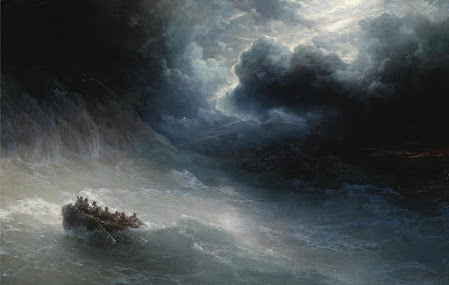This is a continuation of Part 1, my notes on "The Threefold Sun and the Risen Christ"
Here I present more details of the ancient world, especially in Greece and Egypt during the rise of Rome, before the widespread adoption of Christianity.
The Roman influence
In the centuries before and after Christianity c. 338 BC - 117 AD, the Romans were steadily expanding their territory beyond the Italian peninsula, to Europe, North Africa, and the Near East.
The Roman Empire in 117 AD
Their unique political structure and powerful military helped them achieve their conquests with amazing efficiency. Rome's rise to prominence marked a time of transition between the ancient world and Middle Ages.
Roman Senate
"Cicero Denounces Catiline" — Cesare Maccari
"The Death of Paulus Aemilius at the Battle of Cannae" — John Trumbull
The Roman Republic battles Carthage in the Second Punic War (218 - 201 BC)
The Romans readily took aspects from the different cultures belonging to peoples coming under their rule, and adapted them to their society. As a result, their society was a cultural melting pot.
They particularly admired the Greeks for their philosophy and art, and cultural exchange between Rome and Greece was a defining quality of this time period, known as Classical antiquity.





